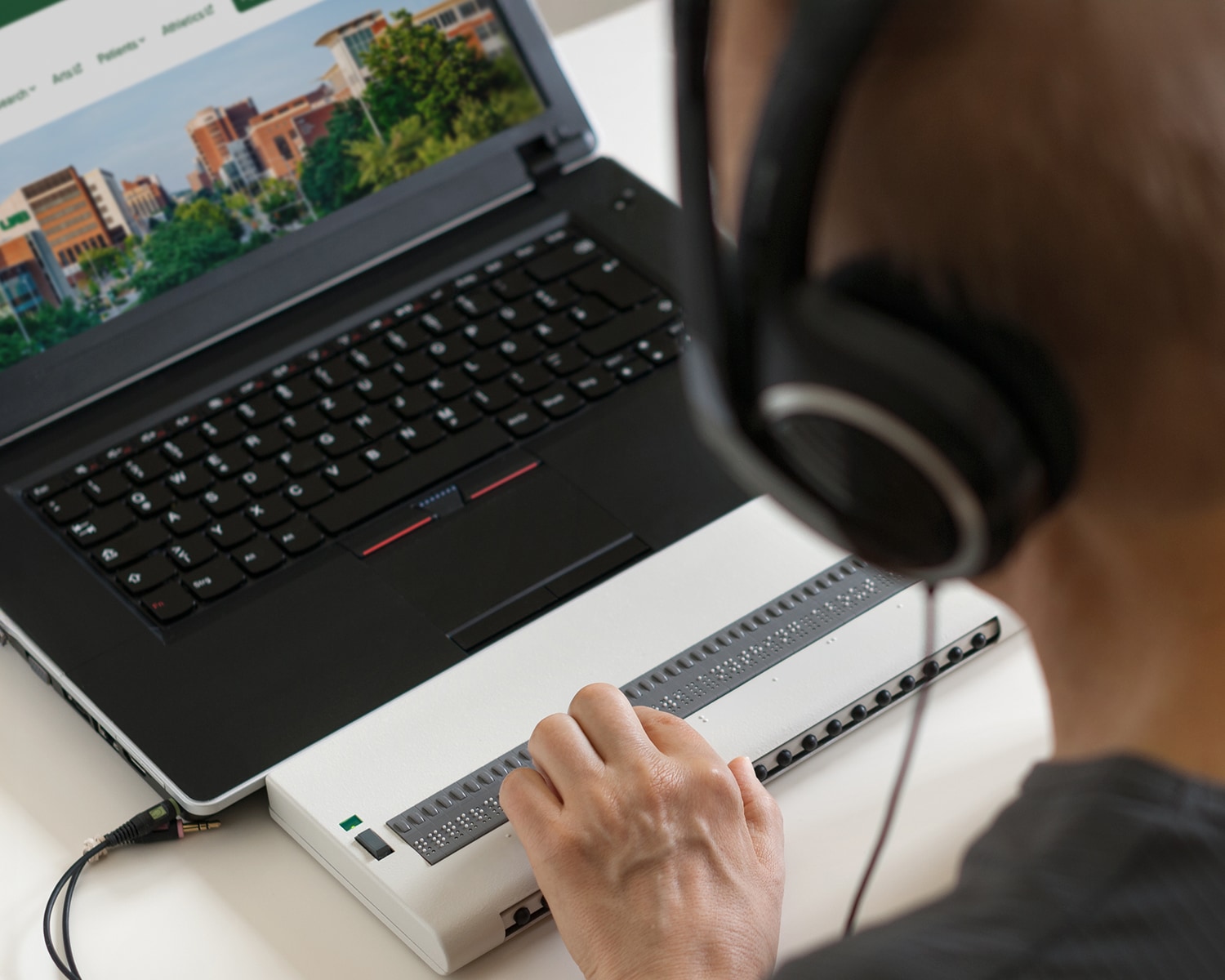
What You’ll Find Here
This hub pulls together UAB guidance, accessibility standards, and curated tools so you can:
- Structure content for smooth screen-reader and keyboard navigation
- Create media (videos, images, graphics) that work for people with low vision or hearing loss
- Check documents like PDFs, Word files, and slide decks for common barriers
- Design forms that prevent errors and work for every user
- Communicate accessibly across social media and web platforms
- Validate work with recommended accessibility testing tools
- Find resources and partner with campus experts and tech support
Why Accessibility Matters
By designing with accessibility in mind, we open UAB’s resources to everyone, live out our shared values, meet legal obligations, and deliver a smoother, higher-quality experience for every visitor.
Access for All
Roughly one in four U.S. adults lives with a disability. Removing digital barriers lets every student, patient, researcher, and visitor fully engage with UAB’s courses, care, and discoveries—on campus, online, and beyond
Embodies Our Values
Service runs through UAB’s Vision, Mission, and Shared Values opens a new website. Prioritizing digital accessibility demonstrates respect for our community and fulfills our shared responsibility to reach people locally and worldwide.
Required by Law
The Americans with Disabilities Act (ADA) Title II opens a new website mandates that public-sector websites and apps meet specific accessibility standards. Aligning with these guidelines protects UAB and secures equitable access for every user.
Improves Usability
Accessible design boosts usability, search rankings, and traffic opens a new website . Clear heading order, captions, and alt text assist screen-reader users—and help all visitors find information quickly, stay engaged, and return.